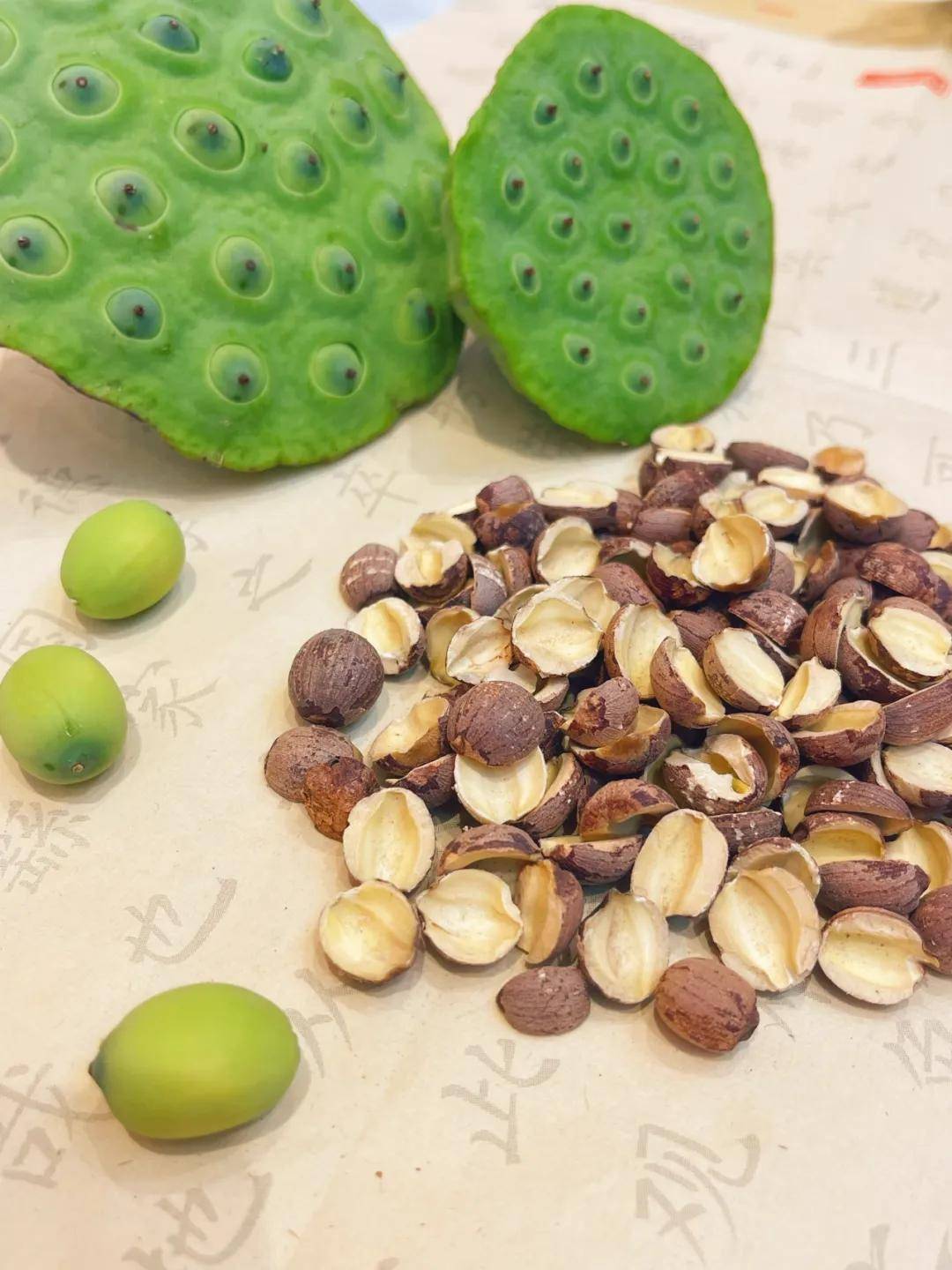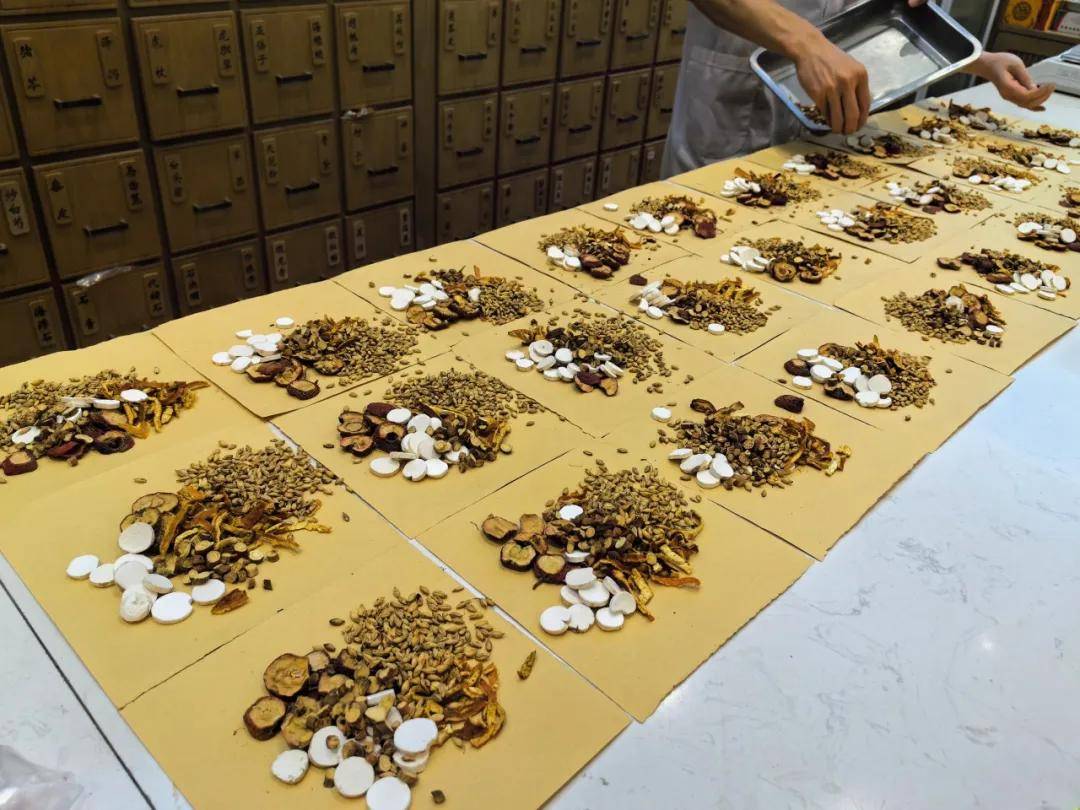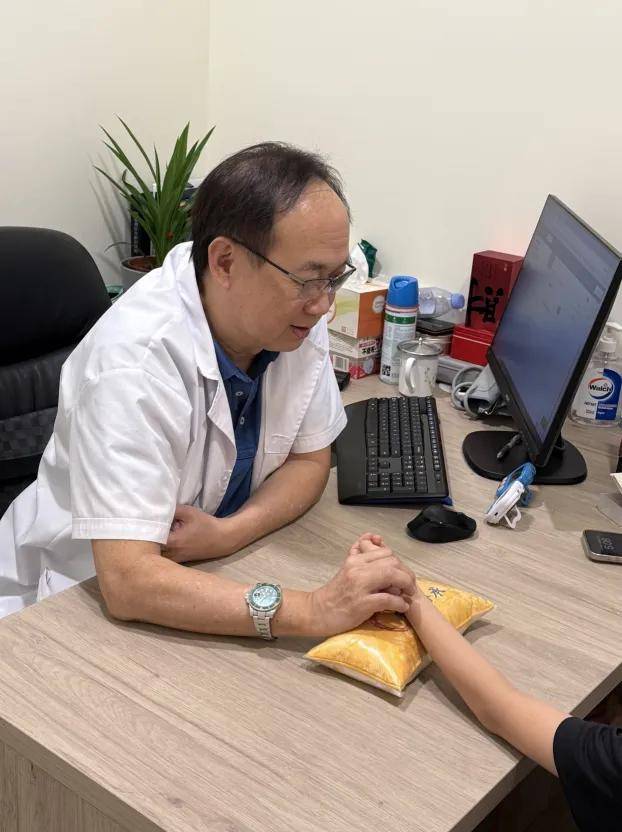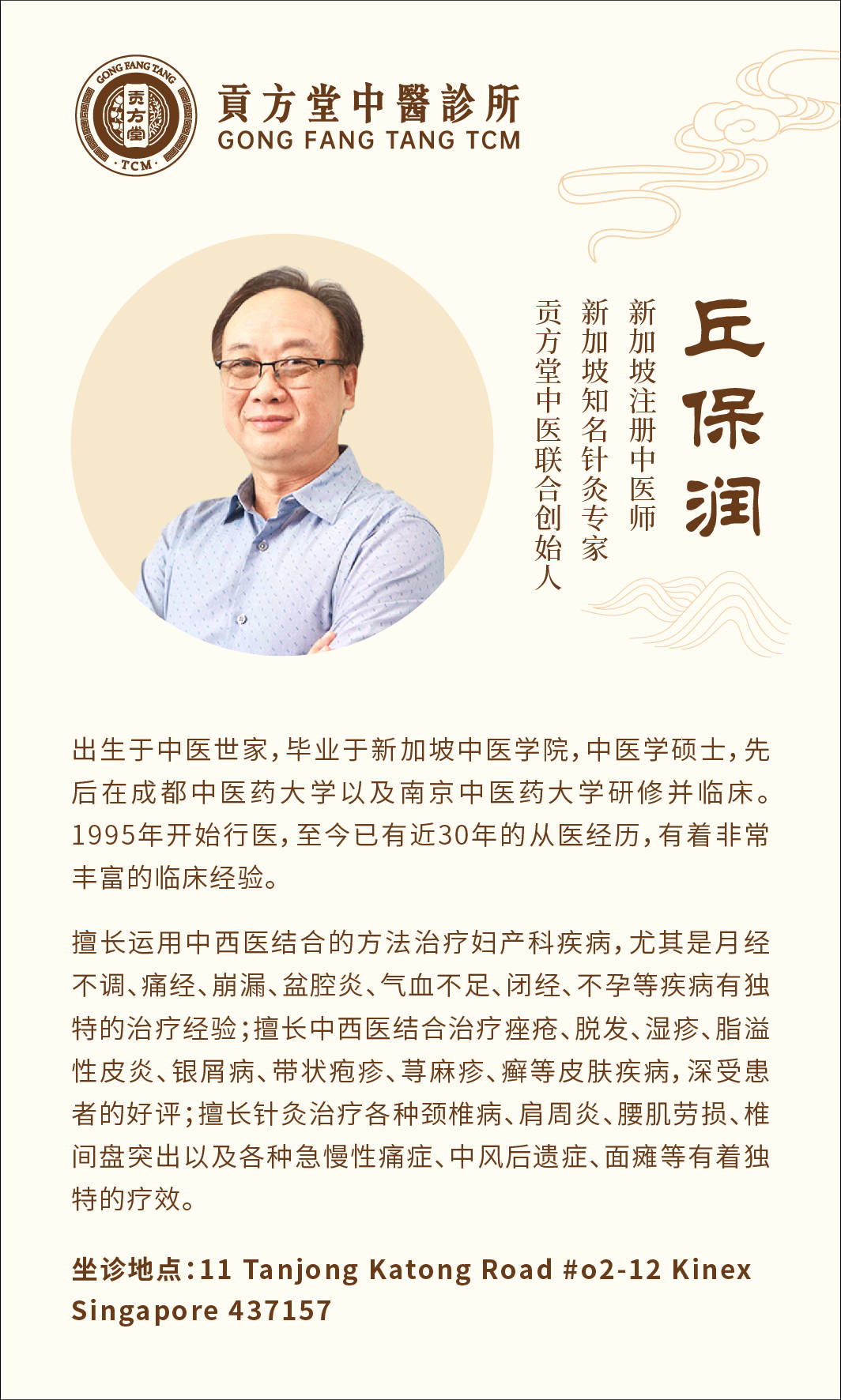- Physicians
- Clinics
- TCM
- Western GP
-
Fees
-
Deals & Privileges
- About & Resources
- Contact Us
Many people experience cold and cough symptoms that gradually improve after a week, but the cough persists for up to 3 weeks without relief.
How can a lingering cough be alleviated? A well-known "universal" classical formula is the key to resolving chronic cough.

In Traditional Chinese Medicine (TCM), there is a theory that overly bitter-cold or overly hot treatments can "close the door and trap the thief," preventing the complete elimination of wind-cold or wind-heat pathogens.
To effectively relieve cough symptoms and prescribe the right treatment, the first step is to identify the type of cough.
According to Dr. Que Poh Yuen Albert, a TCM expert at Gong Fang Tang TCM Clinic in Singapore, coughs can be classified into the following main types:
Symptoms: More common in winter, caused by invasion of wind-cold pathogens, leading to lung qi stagnation and impaired lung defense.
Cough with thin, white phlegm
Itchy throat
Nasal congestion, clear runny nose, frequent sneezing
Chills, headache, joint soreness
Thin white tongue coating, floating and tight pulse
Symptoms:
Unproductive cough or heavy, muffled cough sound
Thick, yellow phlegm, sometimes with slight blood streaks
Difficulty expectorating
Thirst, sore throat, thick nasal discharge
Possible fever, headache, aversion to wind, slight sweating
Red tongue with thin yellow coating, floating and rapid pulse
Symptoms:
Aversion to wind
Dry cough with little or sticky phlegm, hard to expel
Dry mouth and throat, itchy throat, hoarse voice
Worsens in spring and autumn
Pale tongue with dry, scanty coating, floating and thin pulse
Symptoms:
Copious yellow phlegm, thick and difficult to cough up
Some patients may experience wheezing or rattling sounds in the throat
Fever, thirst, restlessness
Scanty dark urine, dry stools
Red tongue with yellow greasy coating, soggy and rapid pulse
Symptoms:
Copious white, thin phlegm
Gurgling sounds in the throat
Chest tightness, poor appetite, fatigue
Pale red tongue with white greasy coating, soggy and rapid pulse
Symptoms:
Persistent cough, especially in the morning
White, thin phlegm
Pale complexion, spontaneous sweating, aversion to cold
Shortness of breath, reluctance to speak, weak voice
Loss of appetite
Pale red tongue with tooth marks, weak pulse
Symptoms:
Dry cough with little or sticky phlegm, hard to expel
Thirst, dry throat, itchy throat, hoarse voice
Afternoon feverish sensation or hot palms/soles, night sweats
Red tongue with scanty or patchy coating, thin and rapid pulse

Since prolonged cough due to external pathogens is closely related to the invasion of pathogenic factors into the Shaoyang (少阳) stage, involving the gallbladder and Sanjiao (三焦) from an organ perspective, the treatment should focus on harmonizing Shaoyang and regulating the Sanjiao.
Xiao Chai Hu Tang (Minor Bupleurum Decoction) is the primary formula for Shaoyang disorders. In this formula:
Chai Hu (Bupleurum) disperses pathogenic heat from the Shaoyang meridians.
Huang Qin (Scutellaria) clears heat from the Shaoyang gallbladder organ.
The combination of Chai Hu and Huang Qin treats both the meridians and organs, resolving qi stagnation and fire depression.
Ban Xia (Pinellia) paired with Sheng Jiang (Fresh Ginger) harmonizes the stomach, directs qi downward, and resolves phlegm retention.
Ren Shen (Ginseng), Gan Cao (Licorice), and Da Zao (Jujube) reinforce the middle burner, boost righteous qi, and support the body’s resistance to pathogens.
This formula achieves its effects through acrid dispersion, bitter purgation, and sweet modulation, making it a classic prescription for harmonizing Shaoyang.
Xiao Chai Hu Tang also regulates the Sanjiao (Triple Burner). As stated in Shang Han Lun (Treatise on Cold Damage):
"In Yangming disease, if there is hardness and fullness in the hypochondrium, constipation with vomiting, and a white tongue coating, Xiao Chai Hu Tang may be given. When the upper burner is unblocked, fluids descend, stomach qi harmonizes, and sweating occurs, leading to resolution."
Zhang Lingxiang further explains:
"Constipation indicates lower burner obstruction, preventing fluids from descending; vomiting reflects middle burner dysfunction and stomach disharmony; a white tongue coating signifies upper burner blockage with fire stagnation. Xiao Chai Hu Tang harmonizes the Sanjiao: unblocking the upper burner removes the white coating, descending fluids relieves constipation, harmonizing stomach qi stops vomiting, and restoring Sanjiao circulation induces sweating for recovery."
Thus, Xiao Chai Hu Tang effectively regulates the Sanjiao.
Precisely because it both harmonizes Shaoyang and regulates the Sanjiao, this formula is highly suitable for treating coughs caused by prolonged external pathogens invading Shaoyang. Renowned Shang Han scholars like Hu Xishu and Chen Ruichun have documented successful clinical applications of Xiao Chai Hu Tang for cough treatment.

Medical Case Report
Patient: Female, 46 years old, persistent cough for 1 month.
Presenting Symptoms:
Cough (paroxysmal, with scant phlegm)
Dry mouth, bitter taste
Poor appetite, retching
No fever or chills
Normal bowel movements and urination
Pale red tongue, thin and wiry pulse
Six-Channel Pattern Diagnosis: Shaoyang disease
Prescription: Modified Xiao Chai Hu Tang (Minor Bupleurum Decoction)
Chai Hu (Bupleurum) 24g
Huang Qin (Scutellaria) 10g
Ban Xia (Pinellia) 20g
Sheng Jiang (Fresh Ginger, sliced) 6 pieces
Dang Shen (Codonopsis) 10g
Zhi Gan Cao (Honey-fried Licorice) 10g
Xing Ren (Apricot Kernel) 15g
Jie Geng (Platycodon) 10g
Wu Wei Zi (Schisandra) 10g
Pi Pa Ye (Loquat Leaf) 10g
Dosage: 3 doses
Outcome: After taking 3 doses, the patient reported:
Significant improvement in cough
Reduced dry mouth and bitter taste
Overall comfort with no discomfort
